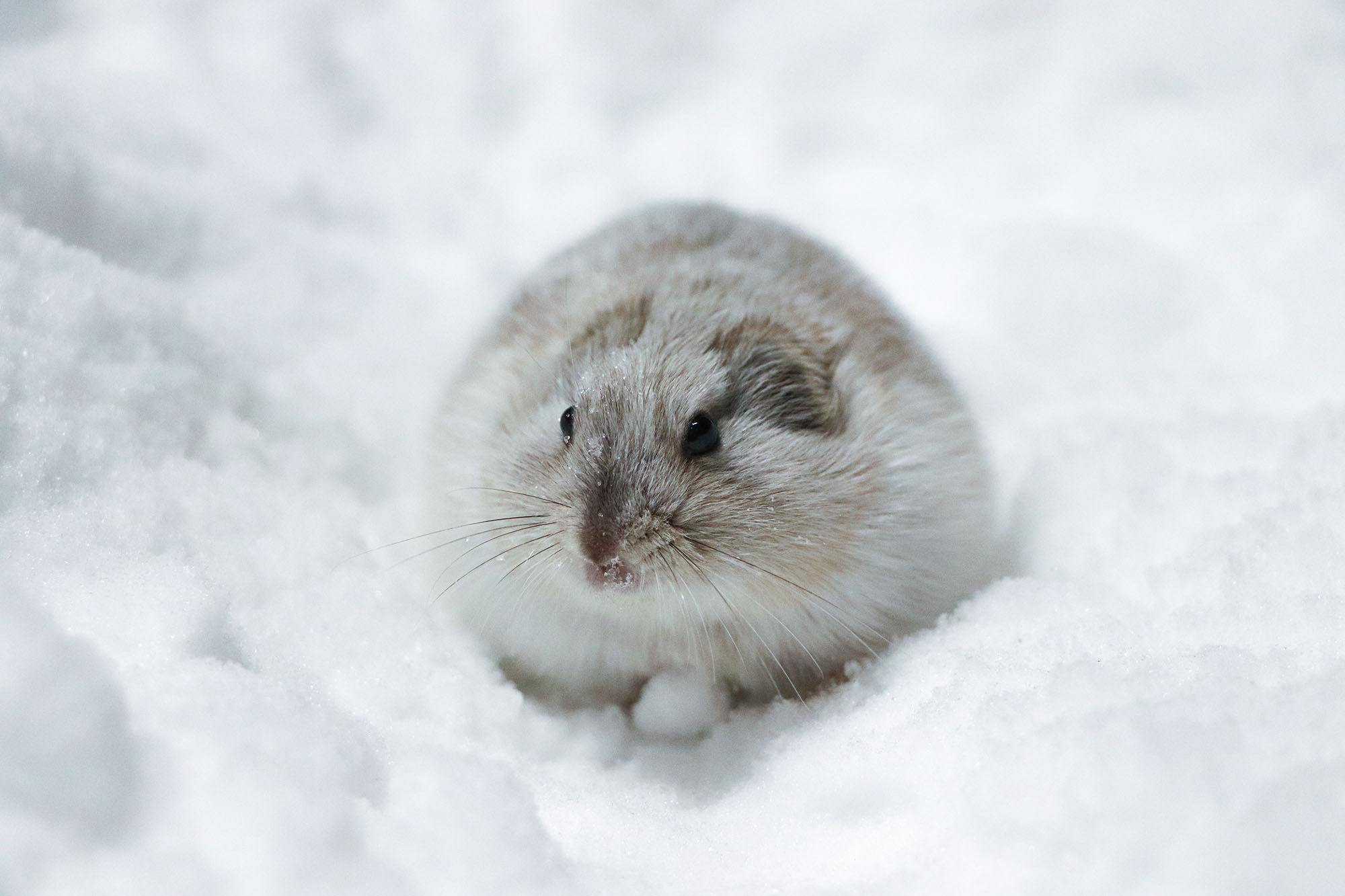How is climate change affecting the Arctic's smallest mammal, the lemming?

While the polar bear is the most famous arctic animal, the tiny lemming–which could fit in your hand with room to spare–plays a bigger role in the arctic ecosystem. Many predators depend on lemmings for food, and their fortunes are tied to those of the little rodents. Every few years the lemming population crashes, and when that happens, the numbers of arctic foxes, weasels, snowy owls, jaegers, and more, also tumble.
In winter, lemmings dig tunnels under the snow to escape the bitter arctic cold. Snow is a good insulator, and traps enough heat to keep them comfortable. But snow is changing in the Arctic. Climate change is bringing more rain, and when that rain freezes on the snow, it makes the snow harder. What does that mean for lemmings?
Researchers from Université Laval, the Canadian Museum of Nature, and Polar Knowledge Canada answer this question in a new article in Ecosphere. At the Canadian High Arctic Research Station in Cambridge Bay, Nunavut, they placed seven lemmings on soft snow, hard snow, and snow with a layer of ice from freezing rain, and watched them dig. In harder, denser snow, the little animals dug more slowly and made shorter tunnels. It was more difficult for them to dig, and they probably used more energy.
That's important, because as the climate warms, rain will fall on snow more often in the Arctic, and lemmings might have to work harder to survive. How well they succeed will affect the future of all those predators that depend on them.
Read the article here: tinyurl.com/3rhryuyc
Contact us to learn more: info@polar-polaire.gc.ca